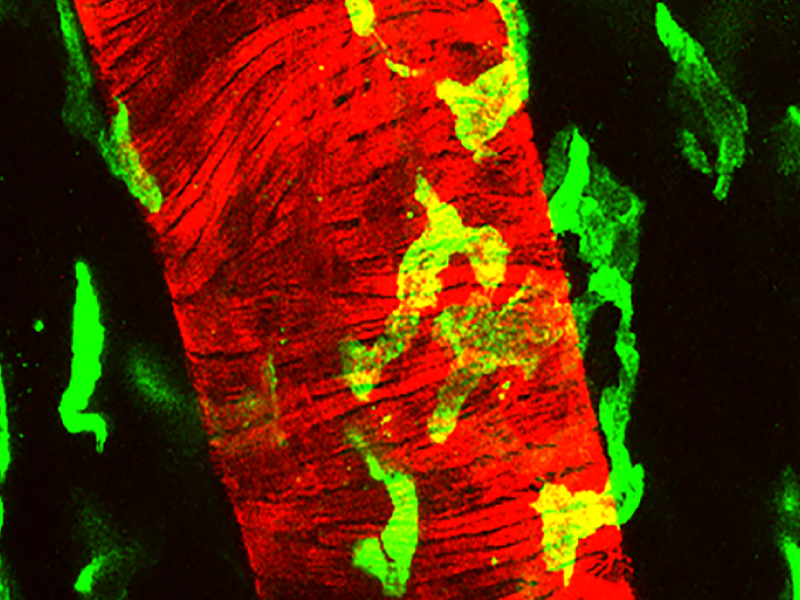Key to Artery Health Lies in LYVE-1 Macrophage
Dean’s Office
Our arteries are the major highways by which blood, oxygen, nutrients and cells are carried throughout the body to keep our tissues functioning normally. Unfortunately, much like actual highways, arteries can get worn down or damaged, which can have serious consequences. One of the main types of damage is arterial stiffness, in which the walls of the arteries harden or stiffen. Since these blood vessels are no longer flexible, it can lead to high blood pressure and an increased risk of cardiovascular diseases such as atherosclerosis and aneurysm. However, up till now, the causes of arterial stiffness were still largely unknown.
Enter Associate Professor Veronique Angeli and colleagues at NUS Medicine. Publishing in the August issue of the prestigious journal Immunity, the researchers described how they identified a population of macrophages (a type of immune cell) that coat the outer walls of healthy arteries and express a protein called LYVE-1. The team showed that LYVE-1 binds to a substance called hyaluronan on the surface of smooth muscle cells in the artery walls. This binding causes an enzyme called matrix metalloproteinase-9 (MMP-9) to degrade collagen in the smooth muscle cells, preventing the artery walls from becoming stiff. When these LYVE-1 macrophages were absent, the arteries accumulated collagen and lost their elasticity, becoming stiff and inflexible.
Macrophages are well known for their role in the immune response, where they are a part of the body’s first lines of defense. This study reveals another, previously unknown role for these helpful cells, this one in maintaining the proper structure and function of arteries.
The work has clinical implications for both ageing and cardiovascular diseases that are currently investigated by the team in collaboration with clinicians from NUHS and the University of Otago in New Zealand. Indeed, arterial stiffness is a hallmark of ageing arteries and generally precedes cardiovascular diseases such as atherosclerosis and aneurysm. Specifically, the team is addressing whether alterations in the number and function of LYVE-1 macrophages contribute to cardiovascular diseases. This knowledge should help in the development of new treatments for arterial diseases and biomarkers of artery health

Macrophages coat the outer surface of a blood vessel to maintain their structure
and function. Green: Macrophage; Red: Blood vessel
